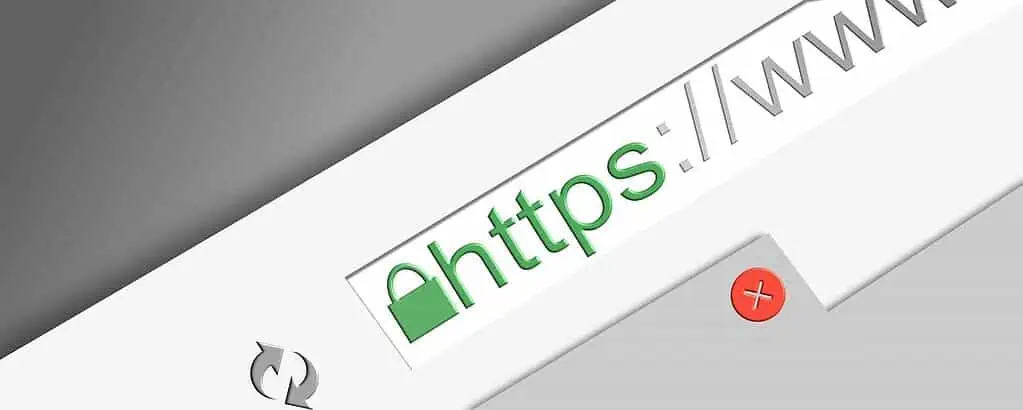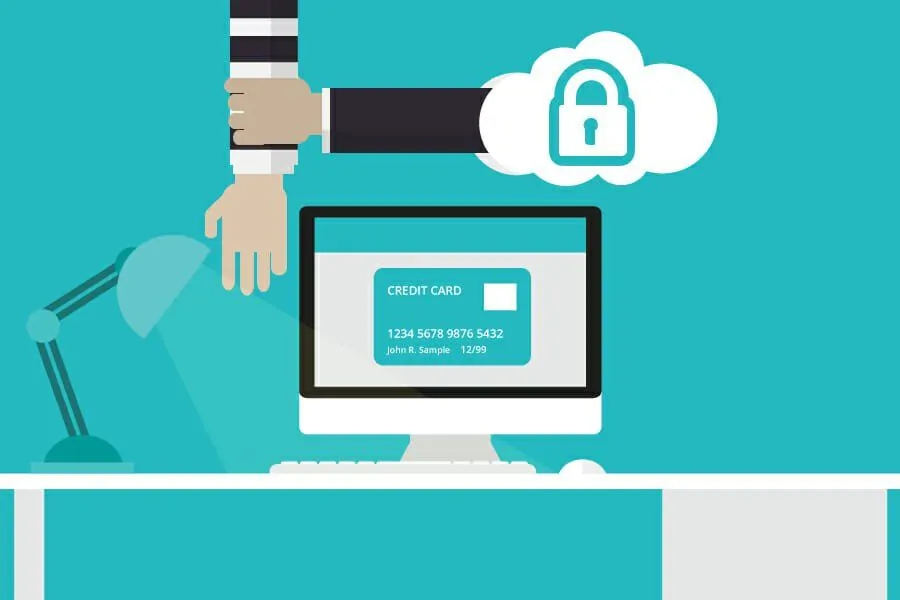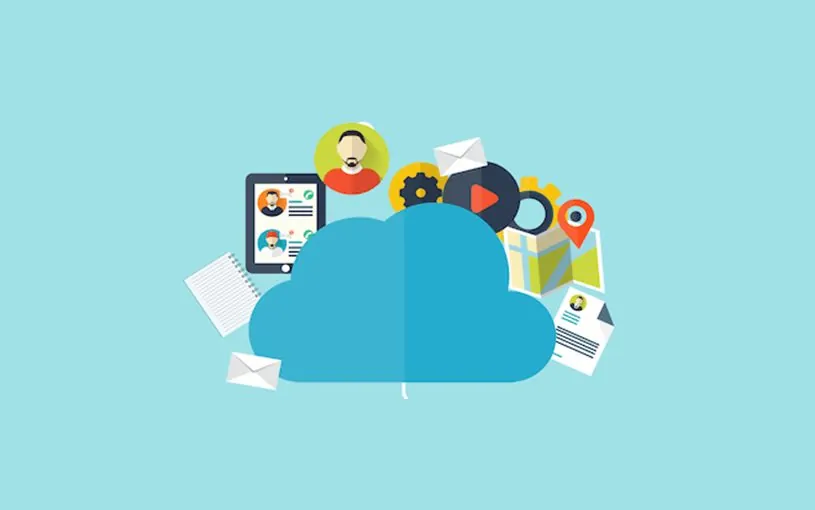WordPress is a tool for creating websites or web blogs. It is one of the top website tools that many people use to create their blog sites. WordPress is based on PHP language with MYSQL database management. WordPress has a function in which the user can switch themes anytime they want. They can also edit the source code or site content.
Many hackers want to hack blog sites, especially if that blog site has many followers or has many traffic entry. Hackers tend to cut a blog site or website to destroy one’s reputation. What can we do is to be updated on how to prevent this from happening.
These are the techniques that can protect your WordPress site, that WordPress bloggers or owner must know.
Table of Contents
Static IP Address For Your Admin Access
This technique needs a little bit of coding. When we create a blog site in WordPress, the default setting for an IP address is a dynamic IP address that is constantly changing from time to time. Restrict anyone from accessing your Admin dashboard. To change from dynamic IP address to your IP address, you must do these steps.
You need to open the main .htaccess file and edit the following code “This must be outside the wp-admin folder”:
<Files wp-login.php>
Order Deny, Allow
Deny From All
Allow From xxx.xxx.xxx.xxx
<files>
With the code above, you need to replace the xxx.xxx.xxx.xxx with your IP. And now, inside the wp-admin folder, you need to open it and do the same procedure mentioned above.
Always Update Your WordPress
WordPress keeps on updating for security purposes. Cybersecurity is continually updating as new technology emerges from time to time. You need to be informative as robots.net for any updates on technology. Outdated WordPress can be hacked easily; WordPress keeps on updating due to foreseen circumstances with security.
If your WordPress blog is not updated, hackers may find a loophole and access your WordPress admin. Updating WordPress is simple, but it can assure you for better security.
2-Step Authentication Password
You need to protect your Admin page or dashboard. You need to put an extra layer for your admin page protection. 2-Step Authentication can help you secure your admin page. This step sends you a code in a text format or a third party application before proceeding to the admin page.
Disabling HTTP Track and Trace
The HTTP method has a track and trace function, which are the default settings for all apache-powered to debug for errors. This function has flaws as it threatens the security of your WordPress. With the Cross-Site Scripting and Cross-Site Tracing, it can steal your sensitive information through cookies from your server.
You need to access the root .htaccess file to disable this function:
RewriteEngine on
RewriteCond %{REQUEST_METHOD} ^(TRACE|TRACK)
RewriteRule .* – [F]
Hide Your Admin name and Login
It is not common for most WordPress bloggers about the admin name and Login. With the default function for WordPress of showing the admin name and login, WordPress bloggers don’t mind about this function, and they have no idea that it is a threat to their security.
After the URL, the hacker needs to add this line “author=1” to show who are members of this page.
The hacker can use a brute force attack to get your password and access your admin page. To avoid this threat, you need to hide your admin name and a website login. To do so, you need to go to the functions.php on your WordPress and input this code to hide your admin name:
add_action(‘template_redirect’, ‘bwp_template_redirect’);
function bwp_template_redirect()
{
if (is_author())
{
wp_redirect( home_url() ); exit;
}
}
To hide your login page, you can install a security plugin called stealth login to hide your login page. You can also use the “smoke and mirror,” an old technique to change the URL of your login page.
Header Outputs Must Be Eliminated
A programmer knows that when you do hard-coding, headers contain handy information about a website, WordPress is one of those websites. The hacker will get an idea base on the header information they can get and might be able to hack your admin page. If you want your WordPress to be secure, you must Remove the header output that contains information about your website.
You need to add a few codes on function.php to remove the output from the header. You need to take note that if you edit the whole code or adding codes in the wrong line, some functions might not be working.
You need to open the function.php and add this code carefully:
remove_action( ‘wp_head’, ‘feed_links_extra’, 3 ;
remove_action( ‘wp_head’, ‘feed_links’, 2 );
remove_action( ‘wp_head’, ‘rsd_link’ );
remove_action( ‘wp_head’, ‘wlwmanifest_link’ );
remove_action( ‘wp_head’, ‘index_rel_link’ );
remove_action( ‘wp_head’, ‘parent_post_rel_link’, 10, 0 );
remove_action( ‘wp_head’, ‘start_post_rel_link’, 10, 0 );
remove_action( ‘wp_head’, ‘adjacent_posts_rel_link’, 10, 0 );
remove_action( ‘wp_head’, ‘wp_generator’ );
If your not a programmer and you did not learn the basic coding, you must double-check this code if correctly added in the correct line before saving the file.
Hide Your WordPress Version
It’s not a good idea to let people know what version of WordPress you are using. If they know the WordPress version, a hacker can use this information to crack the security of your WordPress. You are prone to security threats as the hacker can prepare themselves and reduce their options if they know the version of your WordPress.
You can remove the WordPress version by going to header.php; look for the single line code that contains the information of the WordPress version, and you can delete that line of code. If you didn’t find such information, it means that it already remove, and it won’t show in your header.
Choose a Secure WebHost
One of the keys to the cybersecurity of your WordPress is to choose the best and reliable Webhost. It has a vital role for your WordPress as it can add multiple layers of security for your website. If you found your reliable WebHost, make sure that it can provide you with an SSL Security, “they can charge you for this extra security.”
If you have the SSL Security, you can go to the wp-config and add a few codes:
define(‘FORCE_SSL_ADMIN’, true);
You must add this line above the code:
require_once(ABSPATH . ‘wp-settings.php’);
With this code, all of your admin sessions will go through secured channels that make it difficult for the hacker to pass through with your security.
Takeaway
WordPress is a popular tool to make a website or blog. You don’t need to be a good coder to create your website. WordPress can help you with coding and designs. You need to have a basic idea of cybersecurity to prevent any misfortune that might happen to your site.







